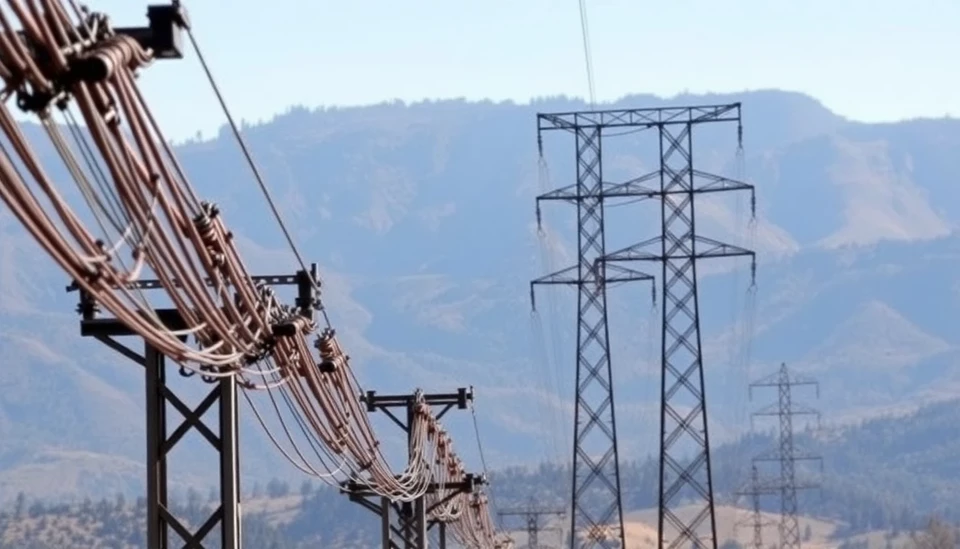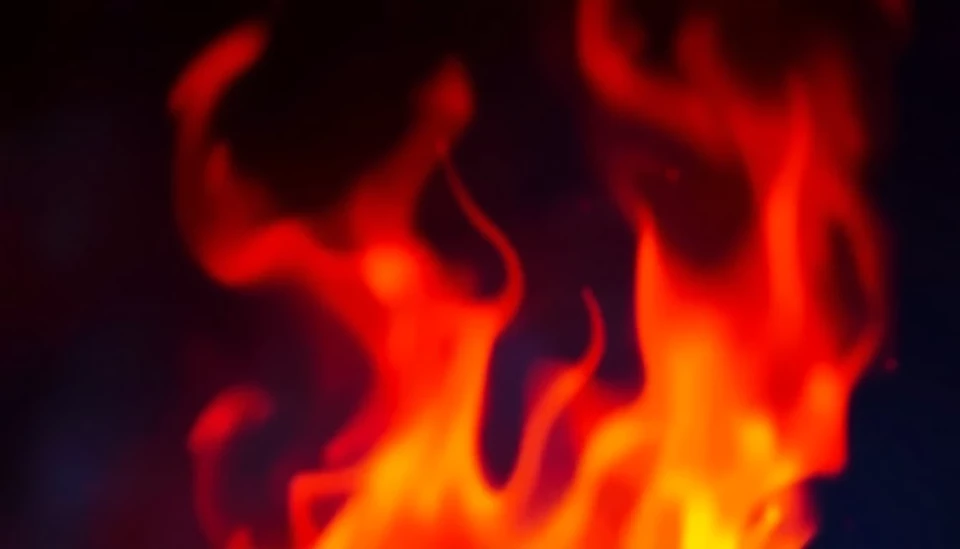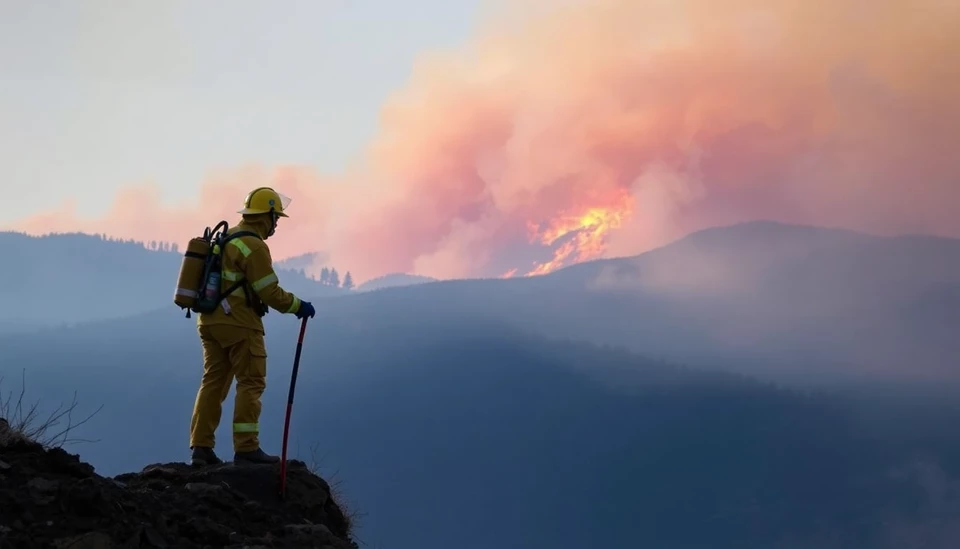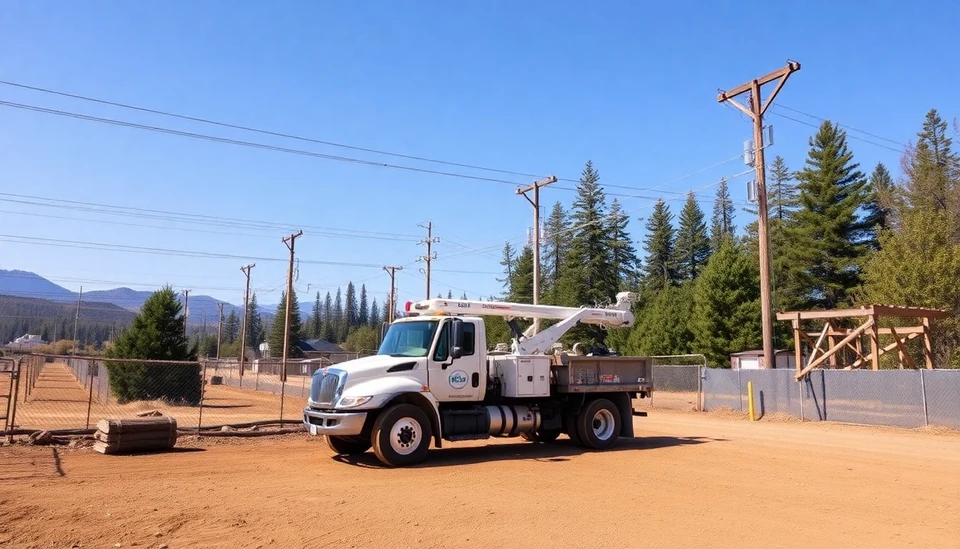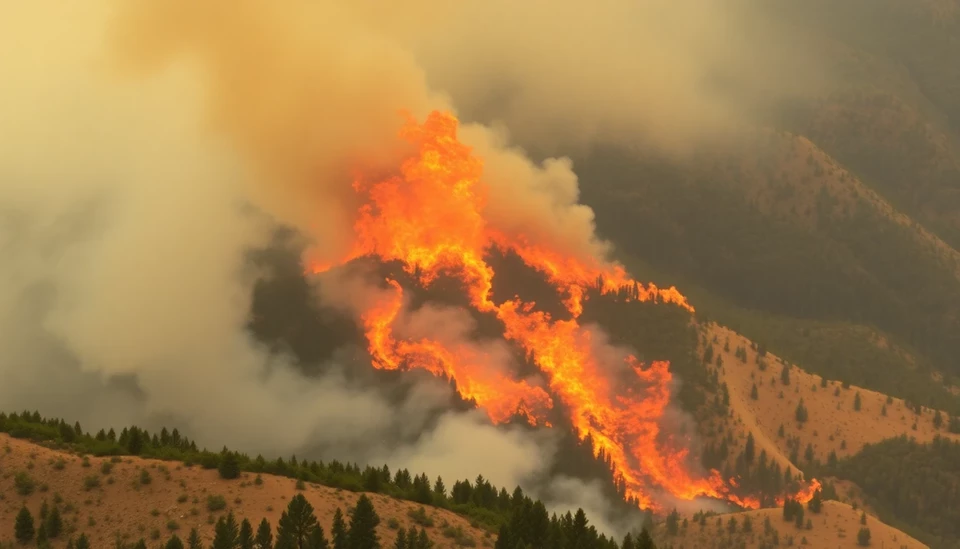
Recent advancements in wildfire risk modeling have come under scrutiny as experts warn that current systems are inadequately equipped to predict destructive fire events akin to the ones frequently witnessed in California. These findings are particularly concerning given the rising frequency and intensity of such fires, which have devastating effects on both ecological systems and human settlements.
California, notorious for its fierce wildfires, serves as a key benchmark in assessing the efficacy of wildfire prediction models. The increasing occurrence of extreme fire events in the region, propelled by factors like climate change and urban expansion into fire-prone landscapes, underscores the urgency for reliable predictive tools. However, researchers are discovering that existing models may not accurately capture the complex variables that lead to these catastrophic blaze outbreaks.
Prominent wildfire researchers are emphasizing the need for improved methodologies that account for local climate variations, vegetation types, and human activity. Currently, many models adopt a one-size-fits-all approach, which fails to address the heterogeneity within California's varied microclimates and topographical features. This lack of specificity can result in an underestimation of fire risk in certain areas while overstating it in others.
The situation has led to calls for a more integrated approach to wildfire risk assessment, combining satellite data, real-time weather information, and machine learning techniques. These advanced tools could enhance the ability to forecast how fires may initiate and spread, enabling quicker and more effective responses to potential threats.
Moreover, the economic implications of inadequate wildfire predictions are profound. Communities that have suffered from previous fire events are investing heavily in preventive measures, yet without accurate forecasts, budgeting and planning become daunting tasks. The lack of predictive accuracy can result in misallocated resources, leading to diminished returns on investment in fire management and public safety initiatives.
In response to these mounting challenges, public policy is also evolving. Authorities are increasingly aware of the necessity to adapt to the unpredictable nature of wildfires. This has prompted discussions regarding updated building codes, greater community engagement in fire preparedness, and enhanced funding for emergency services. The confluence of better forecasting and legislative support could significantly mitigate the impact of such fires on communities across California and beyond.
As the climate continues to warm and the landscapes adapt accordingly, the field of wildfire risk modeling must likewise evolve. Future research will be crucial in developing these models into tools that not only predict wildfires with greater accuracy but also help communities develop resilience against the inevitable threat of fire.
The need for innovation in this area is clear: unless significant strides are made in understanding and forecasting wildfire behavior, communities may continue to be vulnerable to the destructive potential of California-style fires.
#wildfires #California #firepredictions #climateresilience #modeling #wildlife #environmentalimpact #safetyfirst #predictivetech
Author: Megan Clarke
